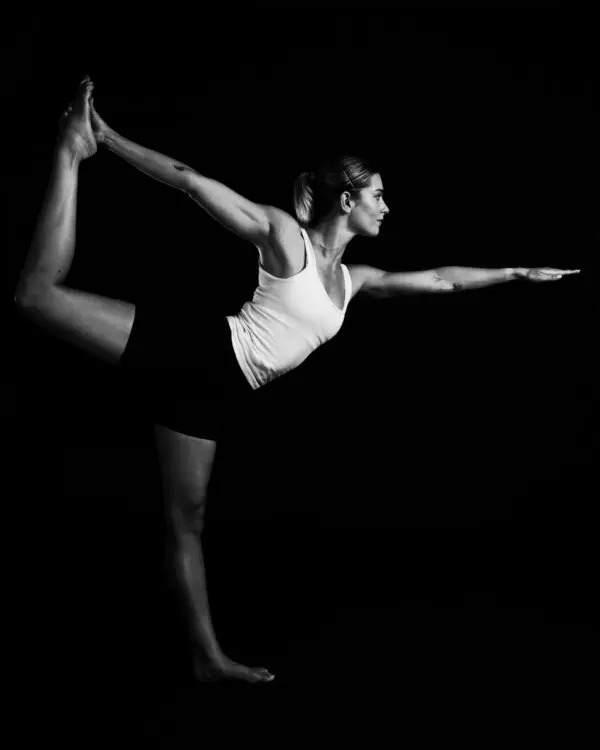Suite 3, Ground Floor, The Gateway,
312 St Kilda Road, Southbank, VIC, 3006
Yoga & You

Yogic tips from our resident yogi physio – Maria Anagnostou (Sydney)
Be present.
From the moment you roll out your mat, you are embracing practice. Allowing space for openness, mindfulness, acceptance, or whatever else your practice may be for you. Your body is ever-changing and evolving but when it comes to “asana” – the physical practice – I advocate for trying not to judge but to be present in what your brain and body feel like in that moment and on that day. Some days you will have unexpected strength or flexibility; others you will find tension and frustration. Accepting that moment in time and not making judgment can be difficult (especially for those who are competitive or always seeking “progress”) but, this process and awareness can allow you to deliver to your physical body what it needs on that given day.
Beyond the ever-changing body and variances relating to our day-to-day life and stressors, it is also useful to know that some things are affected by our history, anthropometrics, loading, exposure, and time.
Here are my top tips:
History Matters
Our physical bodies tell a story. Flexibility, strengths, asymmetries, weakness, scars. These are all physical changes, reminders, hints, and signs, not just genetics, but a story of what we have done – or not done, over time. How we sit, stand, walk, and move on that mat. Understanding your own body and knowing when to push or when to accept can help you get the most out of your time on the mat.
Anthropometrics
Just a fancy way of saying we are all put together differently on this planet. The length of our bones, the thickness of our ligaments, the shape and available movement in our joints, the size and shape of the vertebrae in our spine, and the angles and position of our joints. These are physical properties that are, for the most part, NOT changeable. These things will affect and to some degree “dictate” our capacity to move. To move safely and with more freedom, it is important to understand when our bone and joint anatomy is impacting our movements. In yoga, understanding how your anatomy affects particularly your hips and shoulders can save you from developing joint pain or injury.
Loading and exposure
Have you ever seen a gymnast’s wrists? Or the neck of a “strong man”? They are thick and robust and have developed like this in response to repeated loading.
The loads we place on our body, particularly during our developmental years impact our tissue integrity and tolerance that remains with us over the lifespan. What we do as a child and teen has a long-term effect on our tissues and that history may determine the tolerance to things like weight bearing through the wrists or taking weight through the head. If these concepts are new to you, your body may not be as easily adaptable to these forces or it may require a significant amount of time to build tolerance and strength. If you experience pain, it’s worth reducing forces and seeking professional advice.
~ Maria Anagnostou
(Clinical Director Performance Medicine Sydney, APA Sport and Exercise Physiotherapist, Yogi for over 25 years and YTT)

